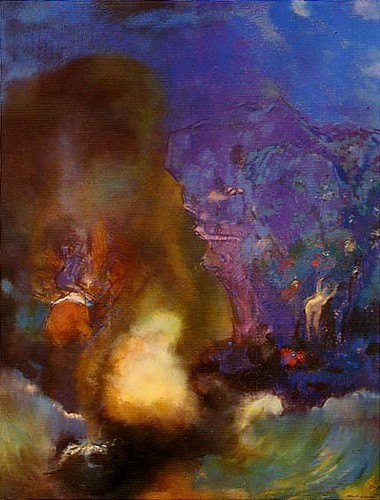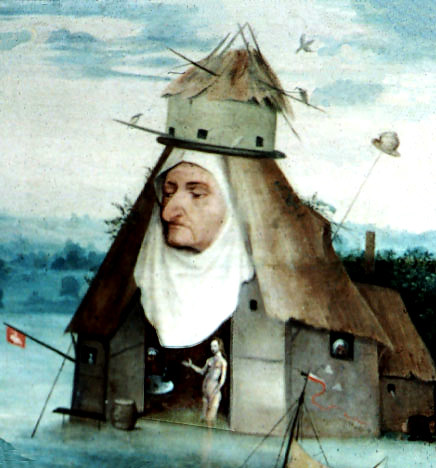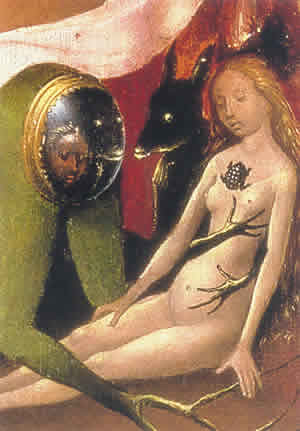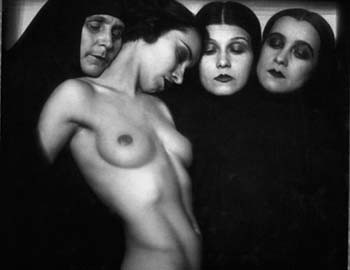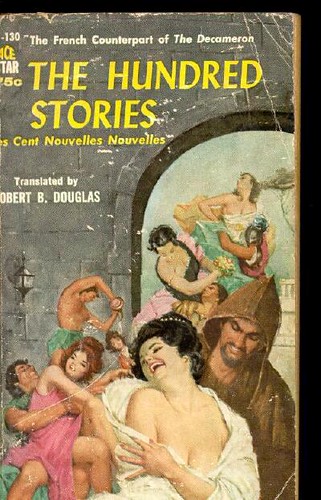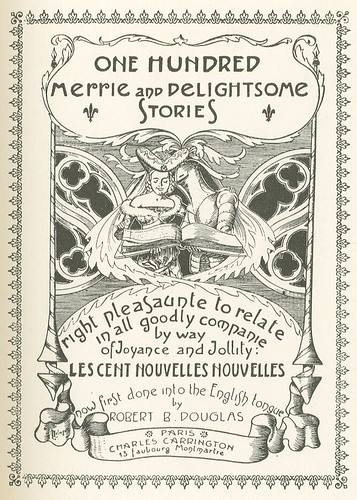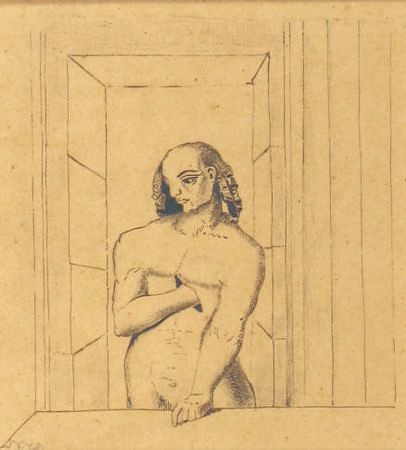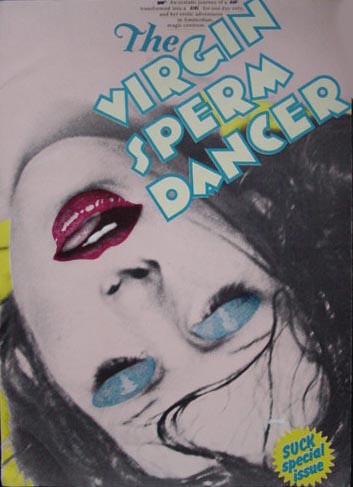Coming back to the Northern Renaissance of earlier posts, I’d like to introduce you to the work of Hans Baldung Grien (c. 1480 – 1545). German Renaissance artist as painter and printmaker in woodcut. He was considered the most gifted student of Albrecht Dürer:

The 7 Ages of Woman – Hans Baldung Grien (1484-1545)

Three Ages of Man and Three Graces (1539) – Hans Baldung Grien
Image sourced here.
On the representation of the Graces, Pausanias wrote,
- “Who it was who first represented the Graces naked, whether in sculpture or in painting, I could not discover. During the earlier period, certainly, sculptors and painters alike represented them draped … but later artists, I do not know the reason, have changed the way of portraying them. Certainly to-day sculptors and painters represent Graces naked.”

Death and Woman (1517) – Hans Baldung Grien
Baldung was extremely interested in witches and made many images of them in different media, including several very beautiful drawings finished with bodycolour, which are more erotic than his treatments in other techniques.
On the grotesque nature of his work the 1911 Brittanica remarked:
- “Without absolute correctness as a draughtsman, his conception of human form is often very unpleasant, whilst a questionable taste is shown in ornament equally profuse and baroque. Nothing is more remarkable in his pictures than the pug-like shape of the faces, unless we except the coarseness of the extremities. No trace is apparent of any feeling for atmosphere or light and shade. Though Grün has been commonly called the Correggio of the north, his compositions are a curious medley of glaring and heterogeneous colours, in which pure black is contrasted with pale yellow, dirty grey, impure red and glowing green. Flesh is a mere glaze under which the features are indicated by lines.”

Three Ages of the Woman and the Death (1510) Hans Baldung Grien (1484 – 1545)
image sourced here. [Mar 2005]
Typical for his subject matter are also the Danse Macabre, the Three Graces and Death and the Maiden.

Death and the maiden () Hans Baldung Grien
image sourced here.

